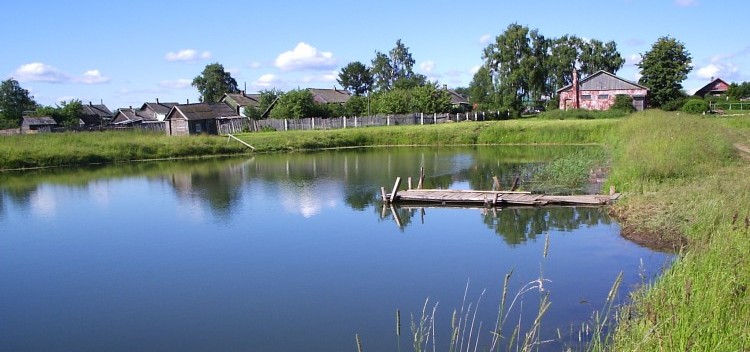
The US Fish & Wildlife Service (USFWS) announced in July the publication of a new peer-reviewed document designed to help shape the future of conservation policy.
The document, “Considering Multiple Futures: Scenario Planning to Address Uncertainty in Natural Resource Conservation,” introduces a planning method called scenario planning to policy managers and provides 12 conservation case study examples that address wildlife management in response to unpredictable future events such as climate change, invasive species encroachment, habitat fragmentation, and wildfires. USFWS Director Dan Ashe says scenario planning can help environmental policymakers “prepare for the future in the midst of uncertainty.”
As a method of strategic planning, scenario planning is ideally suited for making flexible, long-term plans. The method involves creating multiple, future-based simulations or scenarios that combine known facts, such as demographics, mineral reserves, and weather patterns with key driving forces identified by considering social, political, and economic trends. Responses are identified and implemented for each scenario to address current circumstances and anticipated future conditions. Diligent monitoring helps planners identify what actions to take and when.
The scenario planning method is comprehensive and allows for consideration of novel insights, value shifts, innovations and other factors that are difficult to quantify or formalize. Scenario planning considers combinations of multiple uncertainties, and allows for explorations of significant interactions among multiple variables in each scenario, which sets scenario planning apart from contingency planning and sensitivity analysis where only single variables can be explored at a time. The major strength of scenario planning is that it allows for consideration of the non-rational aspect of human nature.
Scenario planning was first developed by Royal Dutch Shell oil executive Pierre Wack in the 1970s, and since then has been used successfully by the U.S. military and multinational corporations such as Motorola and Disney. In the 1990’s, Peter Schwartz’s seminal work on scenario planning, “The Art of the Long View,” popularized the method’s emphasis on considering life’s intangibles such as hopes, fears, beliefs and dreams and not just the quantifiable bottom-line. Astute business executives realized that linear extrapolations of quantifiable data only, based on past experience without consideration of the non-rational aspects of human nature, could lead to misleading conclusions and missed opportunities.
The popularity of scenario planning further increased after the September 11, 2001, terrorist attacks in the US because it provided an established structure for thinking about the future that allowed for responses to perceived uncertainties. A Bain & Company annual survey in 2006 showed that 70% of companies used scenario planning as a management tool, up from 40% in 1999. Now, in 2014, the government is finally catching up with the private sector by adopting scenario planning.
The publication supports scenario planning as a key decision-making framework for natural resource managers. Critics might wonder how this is different from other government exercises involving long discussions and seemingly meaningless priority setting. Because scenario planning accounts for the non-rational side of human nature, it follows that the process allows for more rational long–term policies to be made. Establishing rational, long-term policies for wildlife management would, in theory, make scenario planning a useful tool for conservation professionals who must consider the varying and often disparate needs of stakeholders ranging from landowners to environmentalists.
Scenario planning provides a structure for thinking about the future by developing stories about how the future might unfold and affect related issues. Far from being a merely academic exercise, the stories help articulate the possibilities and find appropriate actions within each. Balancing the needs of wildlife and people using the best available science is a complex process. By using tools like scenario planning, which allow for and accommodate the complexity inherent in the issues, better outcomes can be expected.
If future natural resource conservation policy can successfully balance the seemingly competing needs of multiple stakeholders, then scenario planning will have helped the USFWS fulfill its mission “to conserve, protect and enhance fish, wildlife, plants and their habitats for the continuing benefit of the American people.”
By Lane Therrell

